活着:镜头下坚韧的叙利亚难民
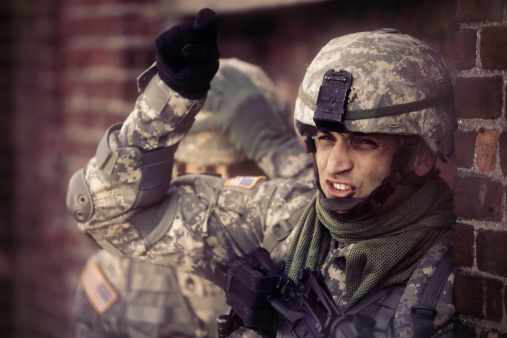
Hundreds of Syrians cross the border into Jordan every day on foot. Some are the elderly walking with children and grandchildren, leaving a lifetime behind them. Others are infants cradled in their parents' arms, too young to remember home. The refugees leave everything behind: savings, houses, pets, clothes, the fresh graves of their loved ones.
在约旦边境,每天都有成百上千的叙利亚难民徒步进入。年长者带着儿女和孙辈,抛下半生牵挂。幼童裹于父母双臂,少小离家。他们让一切停留在了身后:积蓄、房子、宠物以及爱人插满鲜花的坟墓。
As the Syrian civil war enters its fourth year, there are more than 580,000 refugees in Jordan in both formal camps and scattered throughout the cities. Many settle in Za'atari refugee camp, an area once filled with simple tents pitched in the sand that has now become Jordan's fourth largest city, home to more than 100,000 Syrians.
这是叙利亚内战的第四年,而在整个约旦的正式和临时营地中已共有超580,000难民。其中多数安置在扎塔里难民营,该地区曾经是沙漠里简搭帐篷区,如今已成为约旦的第四大城市,也是10多万叙利亚人的家。
Jared Kohler, a photographer working for the United Nations High Commissioner for Refugees, is one of the few photographers who has been able to consistently document Za'atari refugee camp since its humble beginnings in July 2012, as well as other urban communities in Jordan where refugees have fled.
贾里德.科勒,联合国难民事务高级专员摄影师,自2012年7月这场噩梦降临后,他是为数不多的能连续记录难民营的摄影师之一,同时也在关注着难民逃往的其他城市社区。
Through his photos, Kohler tells a story of striking human resiliency in the face of death and destruction.
在其镜头下,科勒给我们讲述了一个关于人类勇敢面对死亡和杀戮的故事。


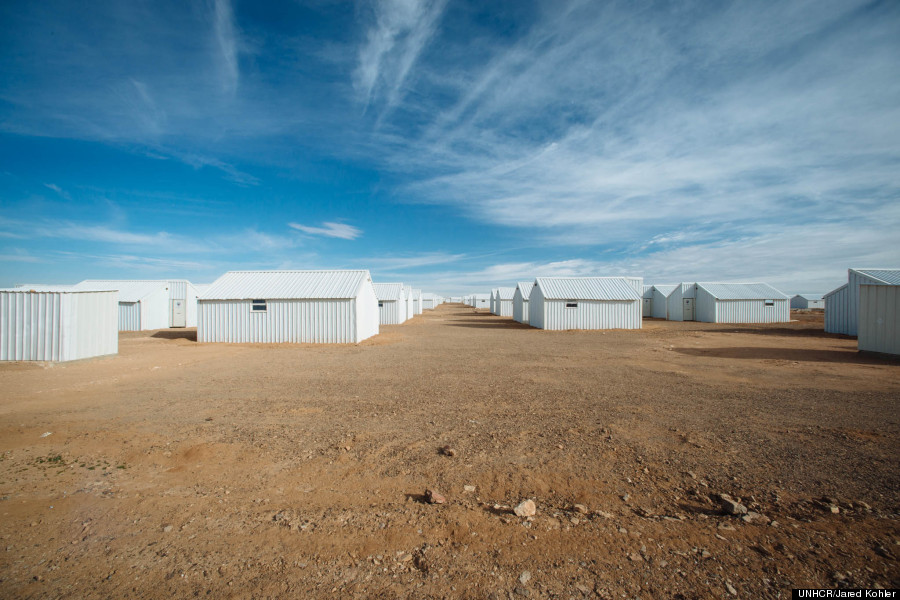
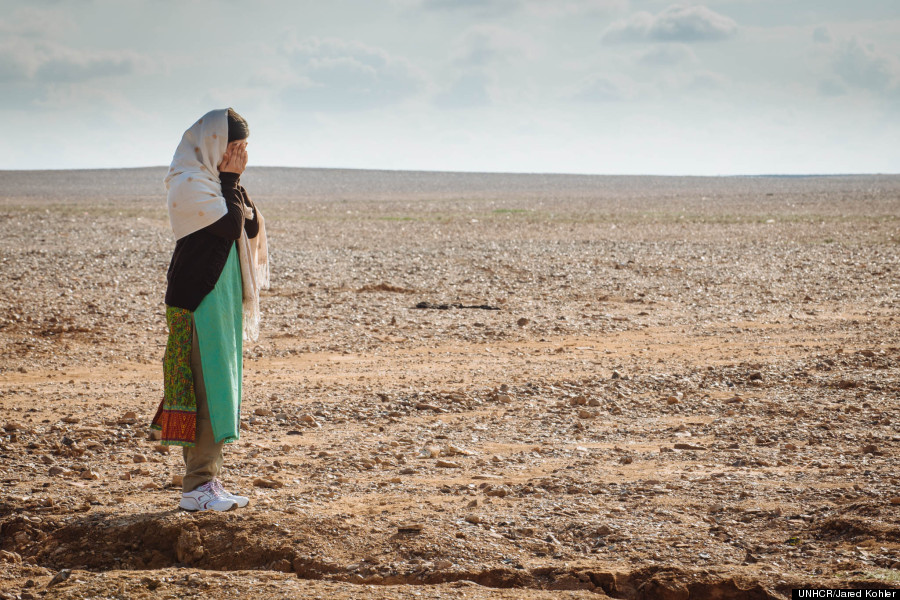
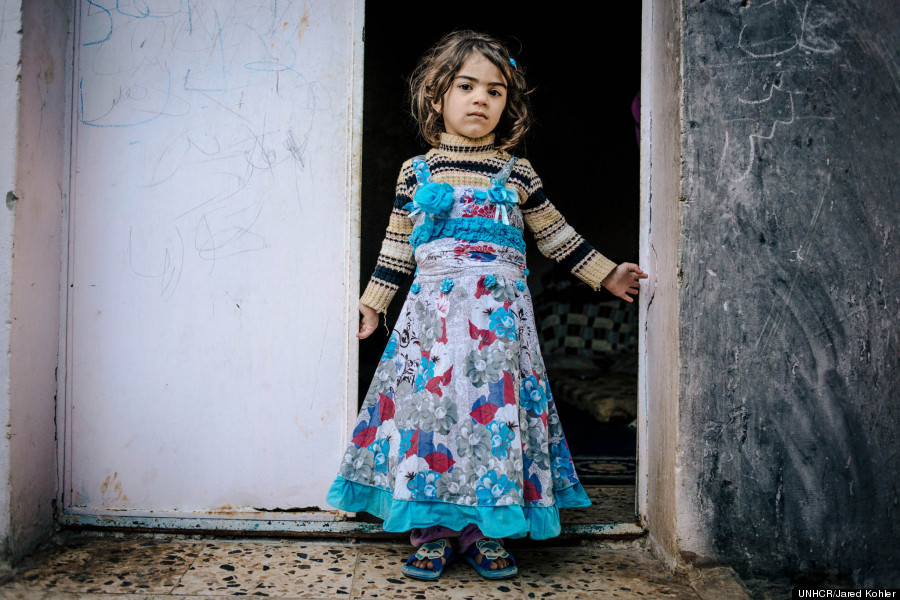
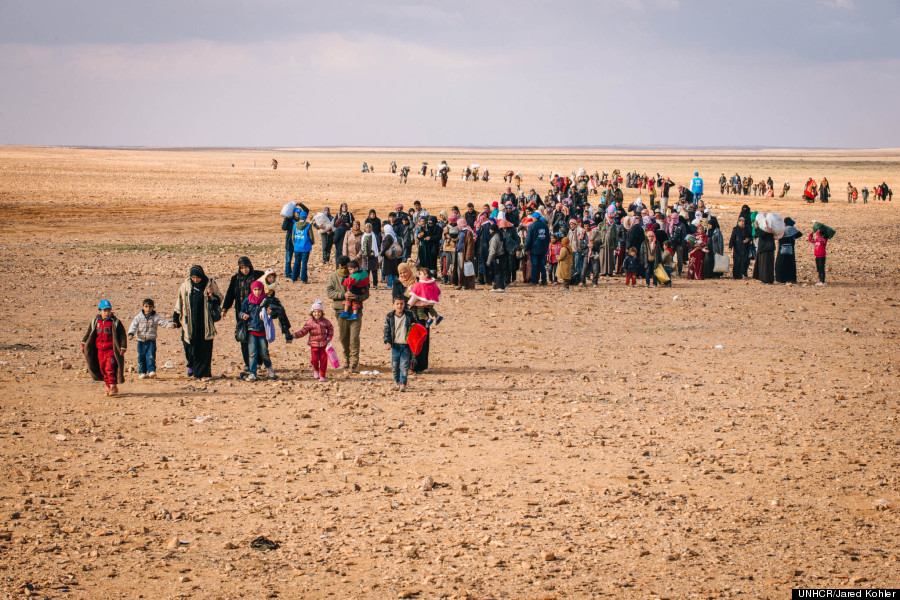
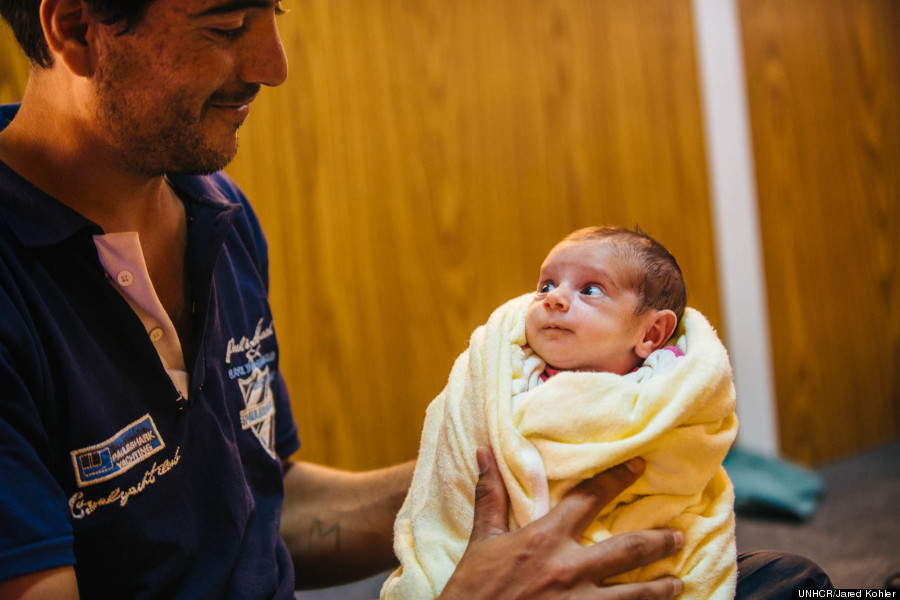
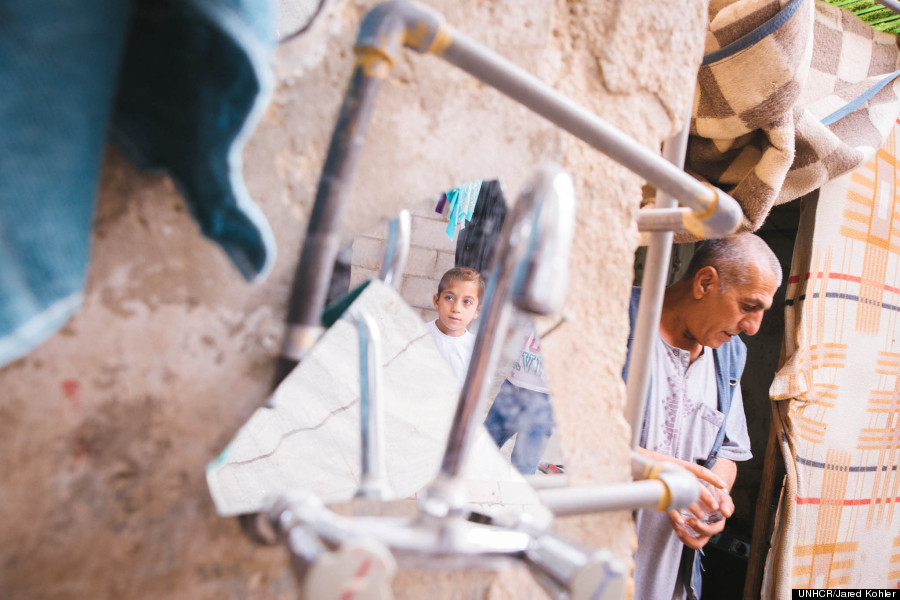

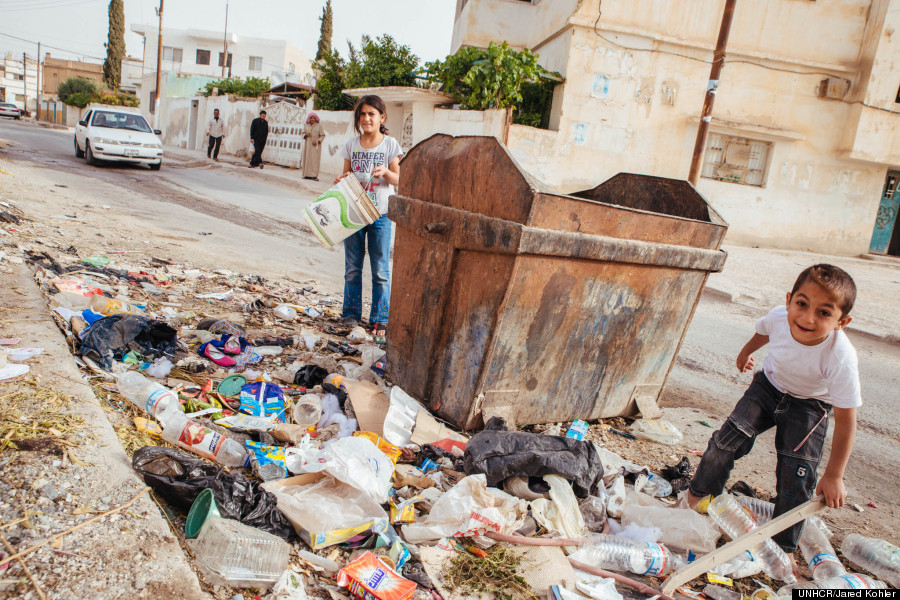
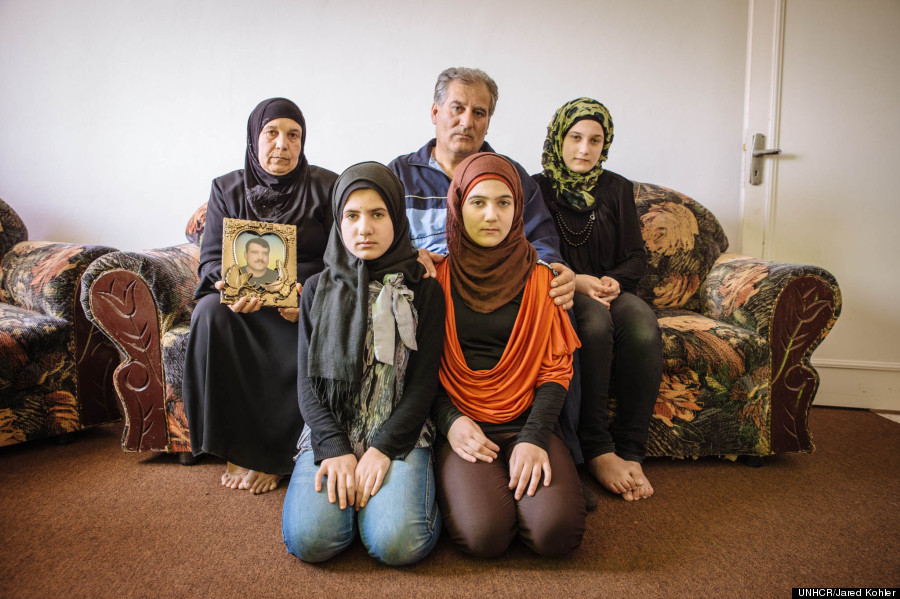
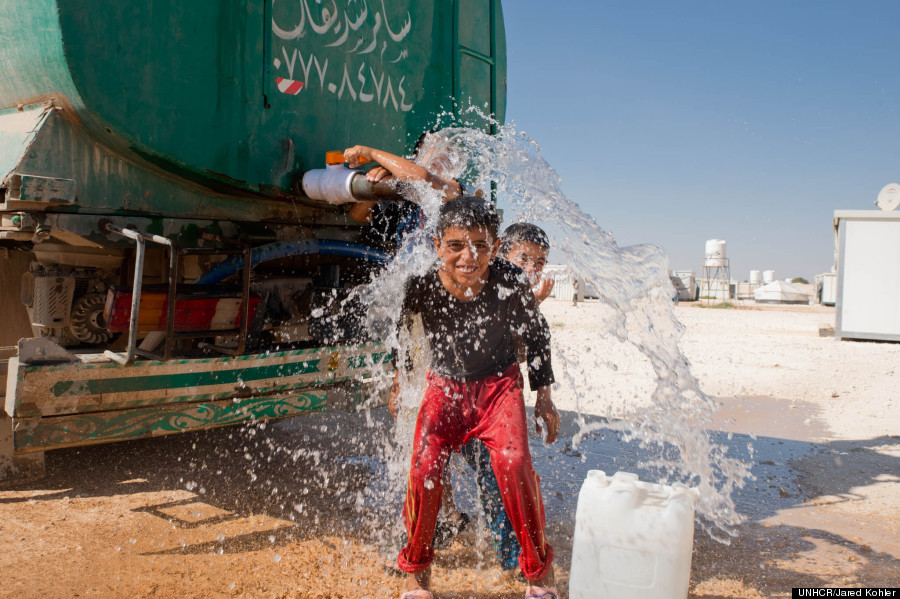




 京公网安备 11010802032529号
京公网安备 11010802032529号